
With this task, students solve problems related to calculating 25% price reductions.
- Subject:
- Mathematics
- Material Type:
- Activity/Lab
- Provider:
- Mathematics Assessment Project
- Date Added:
- 03/23/2017

With this task, students solve problems related to calculating 25% price reductions.
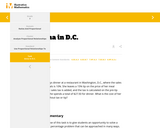
For this task, students use various approaches to solve a multi-step percentage problem.
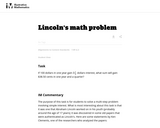
This is a task from the Illustrative Mathematics website that is one part of a complete illustration of the standard to which it is aligned. Each task has at least one solution and some commentary that addresses important asects of the task and its potential use. Here are the first few lines of the commentary for this task: If 100 dollars in one year gain $3\frac12$ dollars interest, what sum will gain \$38.50 cents in one year and a quarter?...

This is a task from the Illustrative Mathematics website that is one part of a complete illustration of the standard to which it is aligned. Each task has at least one solution and some commentary that addresses important aspects of the task and its potential use.
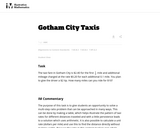
This is a task from the Illustrative Mathematics website that is one part of a complete illustration of the standard to which it is aligned. Each task has at least one solution and some commentary that addresses important asects of the task and its potential use. Here are the first few lines of the commentary for this task: The taxi fare in Gotham City is \$2.40 for the first $\frac{1}{2}$ mile and additional mileage charged at the rate \$0.20 for each additional 0.1 mile....
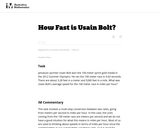
This is a task from the Illustrative Mathematics website that is one part of a complete illustration of the standard to which it is aligned. Each task has at least one solution and some commentary that addresses important asects of the task and its potential use. Here are the first few lines of the commentary for this task: Jamaican sprinter Usain Bolt won the 100 meter sprint gold medal in the 2012 Summer Olympics. He ran the 100 meter race in 9.63 seconds. There are abou...
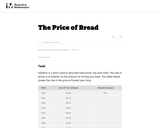
This is a task from the Illustrative Mathematics website that is one part of a complete illustration of the standard to which it is aligned. Each task has at least one solution and some commentary that addresses important asects of the task and its potential use. Here are the first few lines of the commentary for this task: Inflation is a term used to describe how prices rise over time. The rise in prices is in relation to the amount of money you have. The table below show...
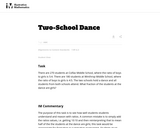
This is a task from the Illustrative Mathematics website that is one part of a complete illustration of the standard to which it is aligned. Each task has at least one solution and some commentary that addresses important asects of the task and its potential use. Here are the first few lines of the commentary for this task: There are 270 students at Colfax Middle School, where the ratio of boys to girls is 5:4. There are 180 students at Winthrop Middle School, where the ra...

This 7th grade Math parent guide explains the content in straightforward terms so they can support their children’s learning at home and will encourage caretaker engagement with lessons.

Our Teacher Guides are meant to support the use of our online course and unit content. Please use these to accompany the use of our content and for ideas to support struggling learners, those needing extension and for additional resources.
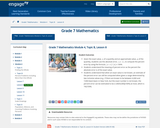
Given the exact value, x, of a quantity and an approximate value, a, of the quantity, students use the absolute error, | a - x |, to compute the percent error by using the formula | a - x |/ |x| x 100%.
Students understand the meaning of percent error as the percent the absolute error is of the exact value.
Students understand that when an exact value is not known, an estimate of the percent error can still be computed when given a range determined by two inclusive values (e.g., if there are known to be between 6,000 and 7,000 black bears in New York, but the exact number is not known, the percent error can be estimated to be (1,000/6,000)(100%) at most, which is 16(2/3)%).
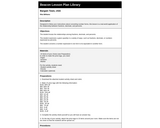
In this lesson, students learn the relationships among fractions, decimals, and percents. Students also express a given quantity in a variety of ways, such as fractions, decimals, or numbers expressed as percents. Students convert a number expressed in one form to its equivalent in another form.
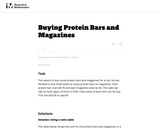
This task requires students to solves multistep ratio and percent problem.
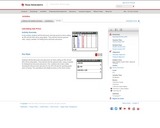
In this activity, students will find discounts and sale prices for items selling at 20% off and 40% off by using tables. They will then find the general rules, using a variable, for finding those discounts and prices.
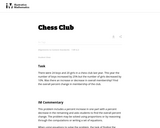
This problem includes a percent increase in one part with a percent decrease in the remaining and asks students to find the overall percent change. The problem may be solved using proportions or by reasoning through the computations or writing a set of equations.

This document provides sample performance tasks/assessment items for Common Core State Standards Grade 7 Math provided by the Louisiana Department of Eduation. Both questions and exemplary responses are included.
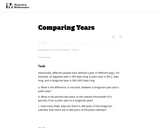
Many students will not know that when comparing two quantities, the percent decrease between the larger and smaller value is not equal to the percent increase between the smaller and larger value. Students would benefit from exploring this phenomenon with a problem that uses smaller values before working on this one.

This lesson unit is intended to help you assess whether students recognize relationships of direct proportion and how well they solve problems that involve proportional reasoning. In particular, it is intended to help you identify those students who: use inappropriate additive strategies in scaling problems, which have a multiplicative structure; rely on piecemeal and inefficient strategies such as doubling, halving, and decomposition, and have not developed a single multiplier strategy for solving proportionality problems; and see multiplication as making numbers bigger, and division as making numbers smaller.
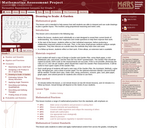
This lesson unit is intended to help assess how well students are able to interpret and use scale drawings to plan a garden layout. This involves using proportional reasoning and metric units.
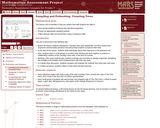
This lesson unit is intended to help you assess how well students are able to: solve simple problems involving ratio and direct proportion; choose an appropriate sampling method; and collect discrete data and record them using a frequency table.